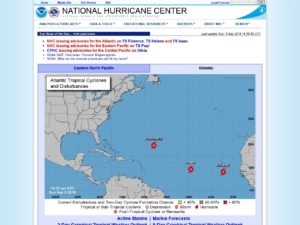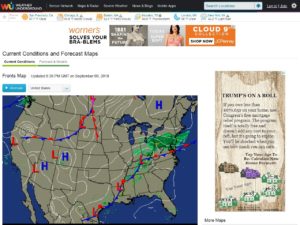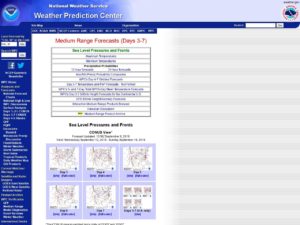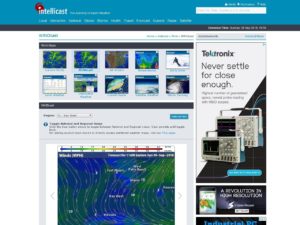As you are aware, Hurricane season is here, and will affect Central Florida in some manner. The question is how bad? The NOAA is predicting at least 6-10 named tropical storms developing into hurricanes this year, and 3-6 of those hurricanes will be category 3 or higher. We at Paramount Fencing are encouraging you to understand that old saying, “An Ounce of Prevention is Worth a Pound of Cure.” So now is the time to protect your investment, your fence.
Your fence was built beautifully, strongly, and according to the ASTM standard. It is time to see how it will stand up to hurricane-force winds. Regardless, you can still do a few things that will help protect your investment. They will be the difference between the insurance company picking up the tab or the cost for repairs coming directly out of your pocket. They are listed below:
- Video or take pictures of your fence before the storm. Make sure you document all stretches both inside and out. You should do this with your home as well.
- If you have a wood fence, the gates can be secured by taking a foot-long piece of 2” x 4” and securing it to the gate and latch post on both the top and bottom. Use screws. If you can, fold the gate open and screw it against the fence with screws.
- If you have a vinyl fence, remove the ¾” bolt from the outer portion of the top and bottom hinges. Slide the gate off and store those gates in the garage. Check your post caps. If they are loose, take them off and place them in the garage as well.
- If you have an aluminum fence, simply place a bungee cord around the gate.
- Make sure you check the fence where it meets the house. Make sure the fence is attached to the house. If it is not, go buy a hurricane strap or 90-degree angle bracket and connect the fence to the house. It will be the difference between the Insurance company viewing the fence as an attached structure or a detached structure.
- If you have a stretch of fence line which is standalone or not attached to the fence line as a whole, brace it. Bracing can be accomplished by taking a 2” x 4” about two feet long and placing it at a 45-degree angle, one end buried in the ground, one end attached to the post with a screw.
- If you have a pool, even if it has a screen enclosure, please purchase an orange plastic safety fence from the home improvement store. It will be hard to find after the storm.
Other ways to protect your fence during a hurricane are simple.
First, be sure to trim any tree limbs that are hanging over your fence line (and especially over your roof!) This will help limit damage due to large, old limbs falling in high winds. If the limbs are coming from a neighbor’s tree, ask them if they wouldn’t mind you trimming their tree or even hiring a professional to clean it up. However, always ask permission before cutting a neighbor’s tree!
Next, pick up any large items that are in your yard, including porch decor, outside furniture, and even hanging decorations. Anything that can be picked up by the wind can be thrown into a fence or even a window and cause damage. If you can, put everything into a garage or shed, or stack everything close to the house. As a last resort, sink your large furniture in your pool.
Last, check your fence line’s integrity. If it is older and has any loose posts, fix these before a storm. Reinforce any areas that have loose boards or panels.
When in doubt, use the resources below to monitor the current weather conditions:
Water Temperatures and Interactive Maps
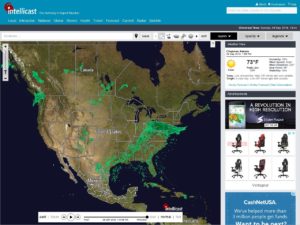
Wind Shear
Atlantic Wind Shear
Cyclones - Spaghetti Models
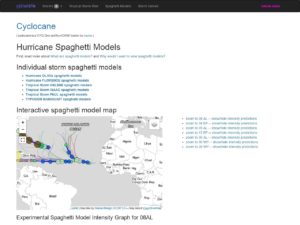
Humidity Patterns
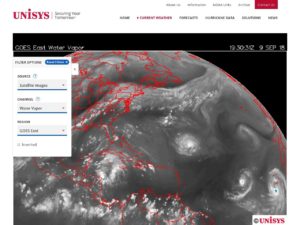
Keep yourself and your home safe this hurricane season. This post has been brought to you by Paramount Fencing and Florida Living Outdoor.
